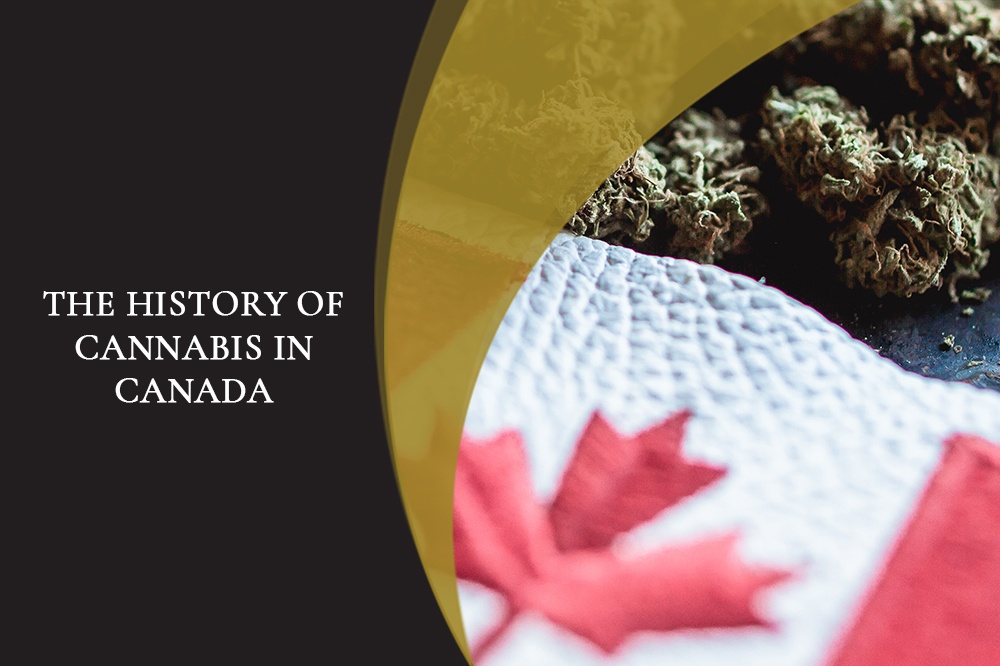THE HISTORY OF CANNABIS IN CANADA

The history of cannabis in Canada can be traced back to the early 20th century, when the drug was first criminalized in 1923. This was done as part of a larger effort to regulate and control the use of various drugs and substances, including opium and alcohol. However, the criminalization of cannabis was not based on any scientific evidence of its harmful effects, and it was largely driven by social and political factors.
In the decades that followed, cannabis remained illegal in Canada, and possession and use of the drug was heavily penalized. This led to a significant number of arrests and convictions, particularly among young people and members of marginalized communities.
In the 1960s and 1970s, there was a growing movement to decriminalize or legalize cannabis in Canada and around the world. This was driven by a growing awareness of the drug's medical benefits and a growing skepticism about the effectiveness of prohibition. In Canada, this movement was led by activists, medical professionals, and politicians who advocated for a more rational and evidence-based approach to drug policy.
In 2001, Canada became the first country in the world to legalize cannabis for medical use, under the Marihuana Medical Access Regulations (MMAR) program. This program allowed patients with certain medical conditions to access cannabis with a doctor's prescription, and also allowed them to grow their own cannabis or access it from licensed growers.
In 2013, the MMAR was replaced by the Marihuana for Medical Purposes Regulations (MMPR), which established a system of licensed producers to supply cannabis to patients. This system was later replaced by the Access to Cannabis for Medical Purposes Regulations (ACMPR) in 2016, which expanded access to medical cannabis and allowed for the sale of cannabis oil and fresh cannabis buds.
In 2018, Canada become the second country in the world to legalize cannabis for recreational use, following the passage of the Cannabis Act. This law allows adults to possess and use cannabis, and also establishes a regulated system for the production, sale, and distribution of cannabis. Under this law, provinces and territories have the ability to set their own rules and regulations for cannabis retail and distribution, and also can set their own legal age for cannabis possession.
In summary, the history of cannabis in Canada is marked by a progression from criminalization to decriminalization, and ultimately to legalization. The change in the attitude towards the drug is driven by a growing awareness of its medical benefits, and also by a growing skepticism about the effectiveness of prohibition. The country has undergone significant changes in its cannabis policy in the last century, with the most recent being the legalization of recreational use.
